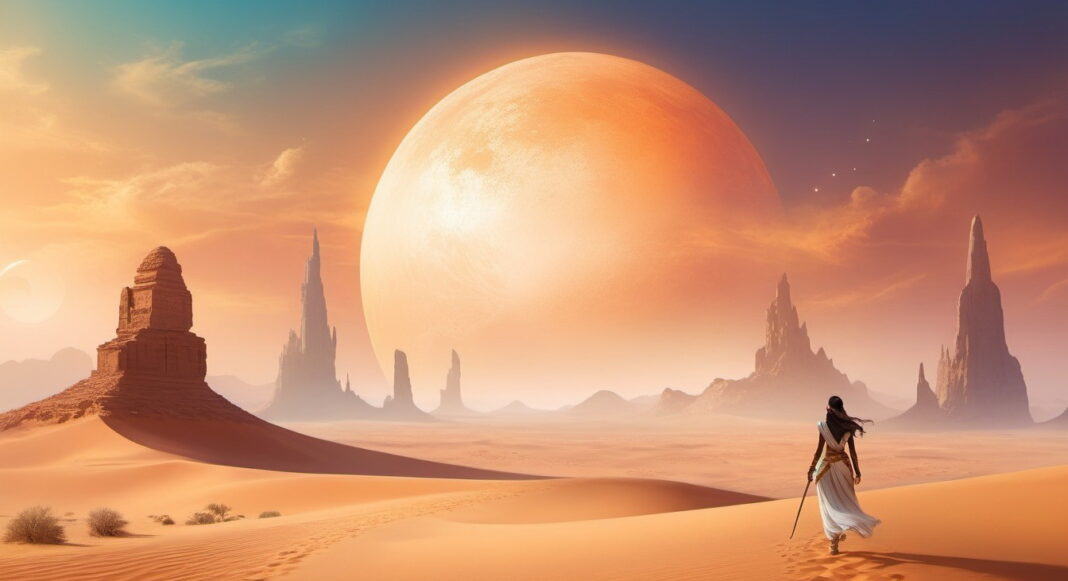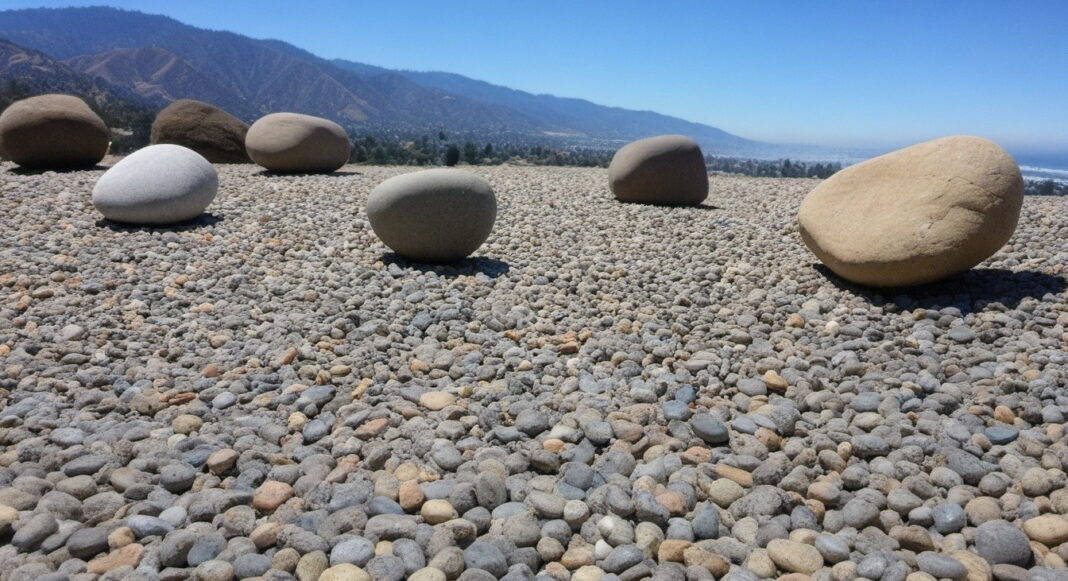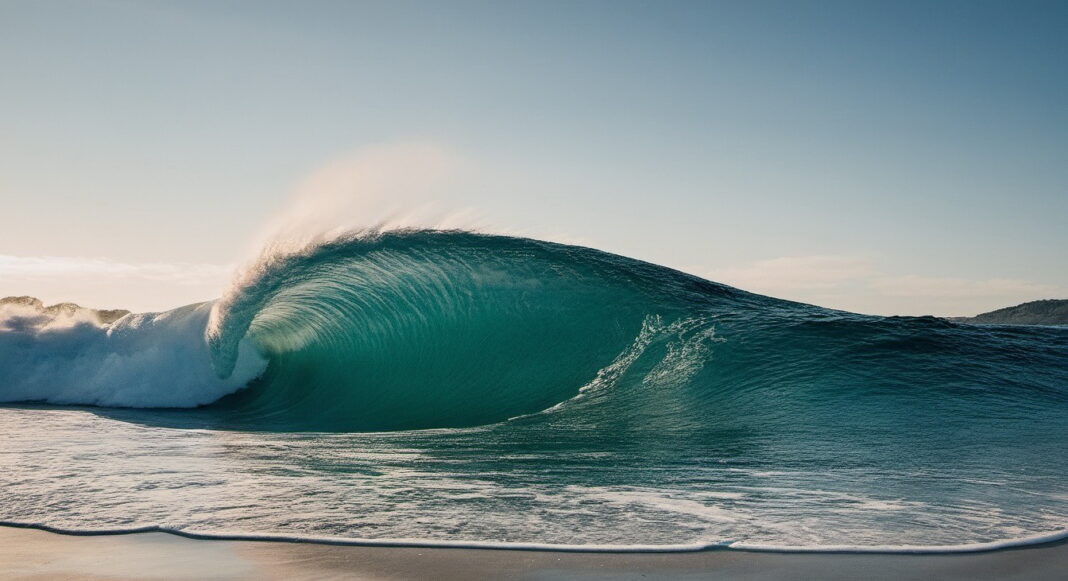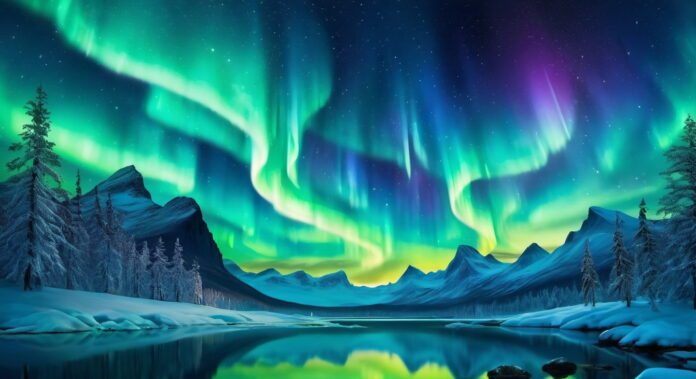Every person has encountered various natural phenomena. Some of them are ordinary to us from birth. For example, autumn foliage, thunderstorms, earthquakes, tsunamis, and others. But there are unusual natural phenomena that occur rarely and only under certain conditions.
Mirages
The name of this phenomenon comes from the French word, which translates to “visibility.” A mirage is an optical natural phenomenon. A person sees something that does not actually exist. Such visual deception often occurs in hot deserts – you may see an image of a water body, palm grove, or well, although they do not exist.
Scientists distinguish several types of mirages:
- Inferior (for example, in the desert, a piece of sky is visible on hot sand, which people mistake for water).
- Superior (a ship appears to be sailing in the sky).
- Lateral (a boat on a lake is reflected in the water, and it seems that there are two boats – one is sailing to the shore, and the other is going in the opposite direction).
Three-dimensional and other types.
The best conditions for the occurrence of optical illusions are found in deserts, Alaska, the eastern coast of China, and Lake Baikal. There are special maps for desert caravans that mark places where mirages frequently occur.
Seven-Colored Sands
On a small area of the island of Mauritius, there are sand dunes painted in seven colors: red, yellow, brown, purple, green, violet, and blue.
Interestingly, if you mix handfuls of sands of different colors, they will still separate into their respective colors after some time.
The sands were discovered in the second half of the 20th century. As a result of heavy rains, the topsoil was washed away, revealing the colorful sands.
In fact, it’s not even sand but remnants of basaltic rocks. It is not as loose as ordinary sand. Researchers explain the presence of 7 colors by the cooling of volcanic rock at different temperatures. Some fractions of this “sand” contain aluminum and iron.
But why the colors do not mix – scientists cannot explain. Even if there is heavy rain or strong winds, the grains do not mix.
The Seven-Colored Sands are a landmark of Mauritius and are under the protection of local authorities.
Moving Stones
This natural phenomenon can be observed at the bottom of the dried-up lake in Death Valley, United States. The lake is called Racetrack Playa. Huge stones move on their own across the ground.
The traces they leave behind serve as evidence of their movement. These tracks resemble straight lines scattered in different directions. Stones usually travel several tens of meters.
The movement of boulders occurs once every 2-3 years, but their tracks remain on the surface for several more years. This unusual natural phenomenon was discovered long ago, but then it was explained only by supernatural forces. Scientific study of it was started by US specialists only in 1948.
Most theories explained the movement of stones by the action of the wind on the wet clayey surface of the lake bottom. Later, this version was refined because no wind could move stones weighing several tens of kilograms.
Thus, to this day, scientists believe that the movement of stones is aided by the ice crust that forms around the stone in winter. The stone becomes coated with ice and, like a boat with a sail, begins to slide on the wet lake bottom in strong winds. Later, the ice melts – and voila, the mystery of nature before you!
Endless Wave
Where the Amazon River flows into the Atlantic Ocean, you can hear a growing rumble. It is emitted by a wave called Pororoca (Bor). This wave originates from the Atlantic Ocean during high tides and literally means “roaring water.”
It is a paradise for surfers from all over the world. The length of the wave is about 800 km, and its height reaches 4 meters. The noise gradually increases, turning into a roar.
This phenomenon occurs twice a year when high tides occur in the Atlantic Ocean. The highest waves occur in the spring during the rainy season. One wave crest spreads for tens of kilometers. The wave returns in September.
The water moves at tremendous speed. Its color is far from the beautiful turquoise color found on the Australian coast. The water has a rich brown color, as it collects dirt, bushes, trees, and debris. Crocodiles and even snakes can be seen in the wave. Catching the wave here is very dangerous for surfers.
The emergence of the wave is explained by the action of gravitational forces, as well as by the change in the position of the Moon and the Sun relative to the Earth. The waters of the Atlantic Ocean are salty, and therefore heavier than the fresh waters of the Amazon. The tidal wave, pushing out the fresh water, enters the estuary and swirls at high speed.
The Pororoca wave causes irreparable damage to the coastal area. The force of the wave is such that it can uproot trees.
The Northern Lights
This natural phenomenon is observed in both hemispheres of the Earth, in areas near the magnetic poles. The Northern Lights can only be seen by residents of high latitudes. The northern lights look like a unique glowing in the upper layers of the atmosphere.
From a scientific point of view, the northern lights occur when particles of the magnetosphere interact with charged particles of solar wind, causing a luminescent effect.
The chances of seeing the northern lights in spring and autumn are higher than at other times of the year. This phenomenon is accompanied by the release of a large amount of energy. In 2007, one of the auroras emitted as much energy as in a 5-point earthquake.
Unusual effects give the phenomenon luminescent flashes in the form of rays, stripes, crowns, which last from a few minutes to several days. It is worth noting that the aurora is also found on other planets.
